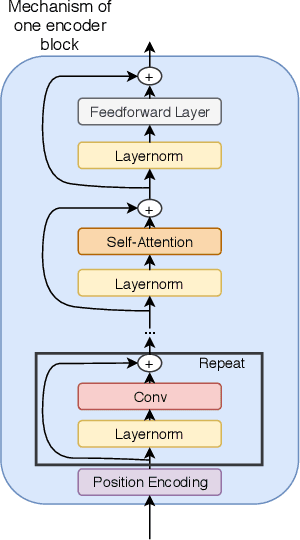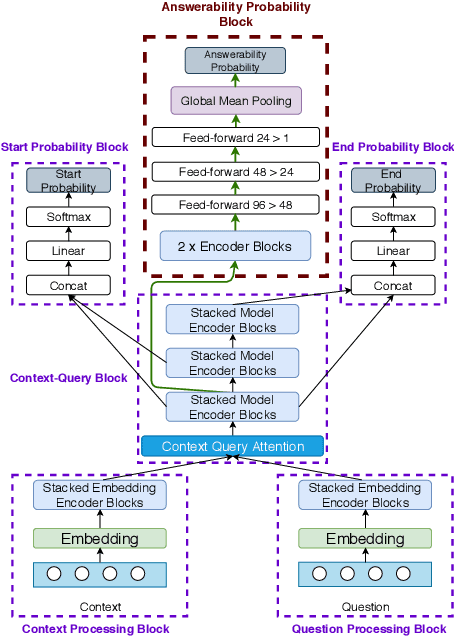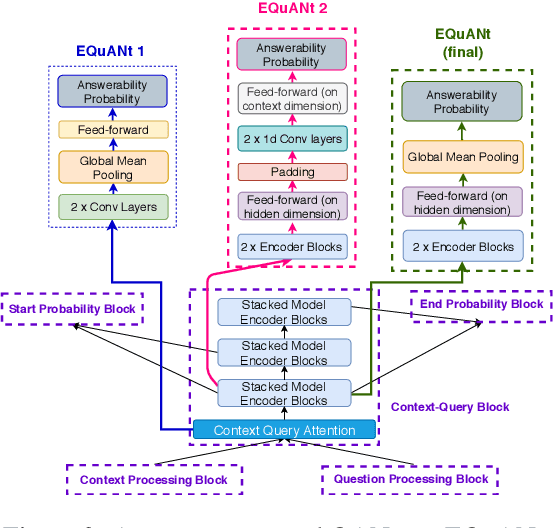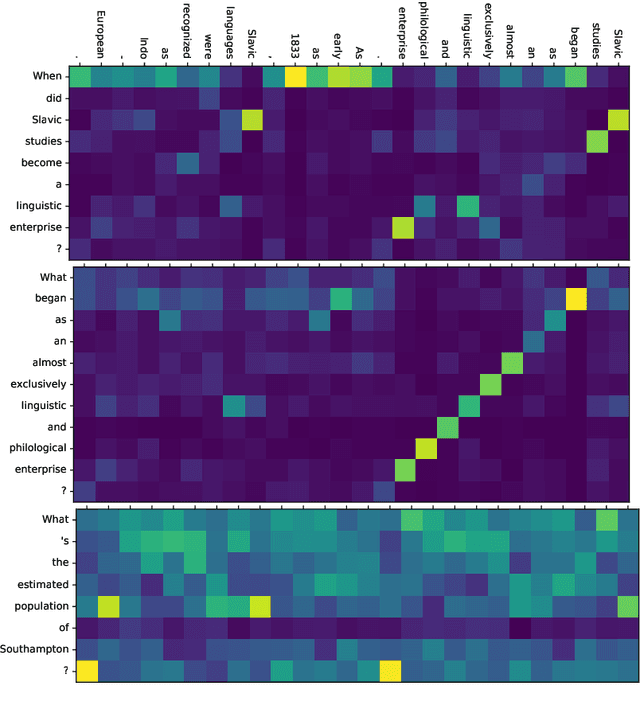Dominic Danks
A Multi-Resolution Framework for U-Nets with Applications to Hierarchical VAEs
Jan 19, 2023Abstract:U-Net architectures are ubiquitous in state-of-the-art deep learning, however their regularisation properties and relationship to wavelets are understudied. In this paper, we formulate a multi-resolution framework which identifies U-Nets as finite-dimensional truncations of models on an infinite-dimensional function space. We provide theoretical results which prove that average pooling corresponds to projection within the space of square-integrable functions and show that U-Nets with average pooling implicitly learn a Haar wavelet basis representation of the data. We then leverage our framework to identify state-of-the-art hierarchical VAEs (HVAEs), which have a U-Net architecture, as a type of two-step forward Euler discretisation of multi-resolution diffusion processes which flow from a point mass, introducing sampling instabilities. We also demonstrate that HVAEs learn a representation of time which allows for improved parameter efficiency through weight-sharing. We use this observation to achieve state-of-the-art HVAE performance with half the number of parameters of existing models, exploiting the properties of our continuous-time formulation.
EQuANt (Enhanced Question Answer Network)
Jul 03, 2019



Abstract:Machine Reading Comprehension (MRC) is an important topic in the domain of automated question answering and in natural language processing more generally. Since the release of the SQuAD 1.1 and SQuAD 2 datasets, progress in the field has been particularly significant, with current state-of-the-art models now exhibiting near-human performance at both answering well-posed questions and detecting questions which are unanswerable given a corresponding context. In this work, we present Enhanced Question Answer Network (EQuANt), an MRC model which extends the successful QANet architecture of Yu et al. to cope with unanswerable questions. By training and evaluating EQuANt on SQuAD 2, we show that it is indeed possible to extend QANet to the unanswerable domain. We achieve results which are close to 2 times better than our chosen baseline obtained by evaluating a lightweight version of the original QANet architecture on SQuAD 2. In addition, we report that the performance of EQuANt on SQuAD 1.1 after being trained on SQuAD2 exceeds that of our lightweight QANet architecture trained and evaluated on SQuAD 1.1, demonstrating the utility of multi-task learning in the MRC context.
 Add to Chrome
Add to Chrome Add to Firefox
Add to Firefox Add to Edge
Add to Edge